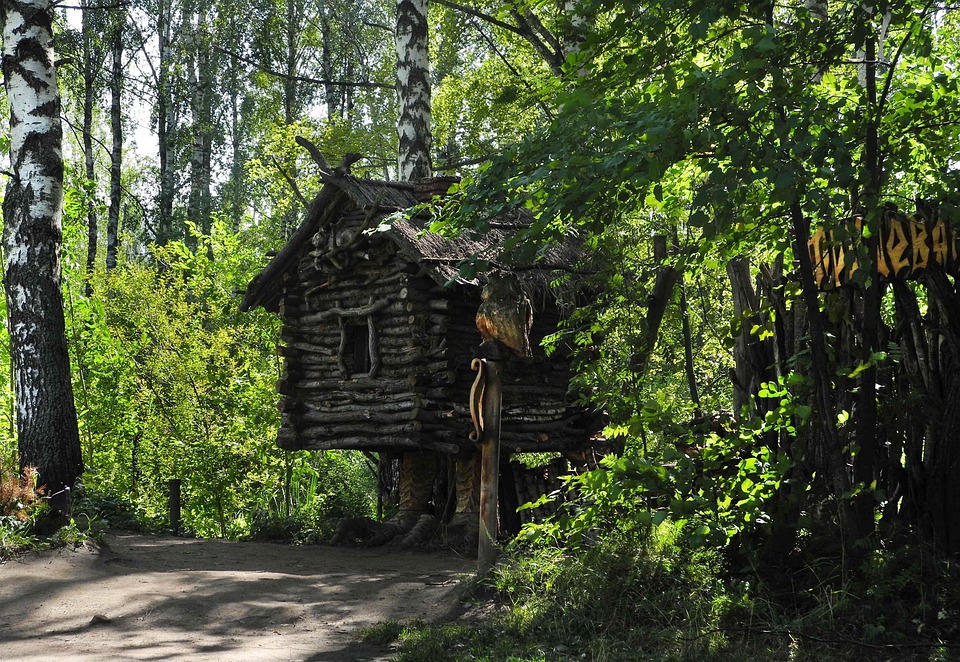The Origins of Early Settlement Patterns in Russia: From Nomadic Tribes to Agricultural Communities
Introduction
Russia, the largest country in the world, has a rich history of settlement patterns that date back thousands of years. From nomadic tribes roaming the vast steppes to the establishment of agricultural communities, the early settlers of Russia played a crucial role in shaping the landscape of the country. This article will explore the origins of early settlement patterns in Russia, focusing on the transition from nomadic lifestyles to sedentary agricultural communities.
Nomadic Tribes: The Early Inhabitants of Russia
The history of settlement patterns in Russia can be traced back to the nomadic tribes that inhabited the region thousands of years ago. These tribes, such as the Scythians, Sarmatians, and Huns, roamed the vast steppes of Russia, relying on herding and hunting for their survival. These nomadic tribes had a deep connection to the land, moving their camps seasonally to ensure access to fresh pastures for their livestock.
The nomadic lifestyle of these early inhabitants of Russia was influenced by the geography of the region. The vast steppes provided ample grazing land for their livestock, while the rivers and lakes offered a source of water for both humans and animals. The nomadic tribes of Russia were skilled horsemen and warriors, using their knowledge of the land to navigate the vast expanses of the steppes.
The Transition to Agricultural Communities
The transition from nomadic lifestyles to sedentary agricultural communities in Russia was a gradual process that took place over centuries. As the population of the region grew, the nomadic tribes began to settle in permanent villages, establishing agricultural practices to sustain their communities.
The adoption of agriculture in Russia was a game-changer for the early settlers of the region. With the introduction of crops such as wheat, barley, and rye, the early inhabitants of Russia were able to produce surplus food, leading to the development of complex societies and the establishment of trade networks.
The transition to agricultural communities in Russia also led to the development of permanent settlements, with villages and towns emerging along the river valleys and fertile plains of the region. These settlements became centers of commerce and culture, serving as hubs for trade and communication between different tribes and communities.
The Impact of Settlement Patterns on Russian Society
The shift from nomadic tribes to agricultural communities had a profound impact on Russian society. The establishment of permanent settlements allowed for the growth of population centers, leading to the emergence of cities such as Kiev, Novgorod, and Moscow. These cities became important political and cultural centers, playing a crucial role in the development of the Russian state.
The transition to agricultural communities also led to the division of labor within Russian society. With the development of agriculture, different social classes emerged, including farmers, artisans, and merchants. This division of labor helped to drive the economy of Russia, with specialized trades and industries emerging in different regions of the country.
The settlement patterns of early Russia also had a significant impact on the relationship between different ethnic groups and tribes. As agricultural communities developed, interactions between different tribes increased, leading to cultural exchange and the development of a shared identity among the people of Russia.
Conclusion
The origins of early settlement patterns in Russia reveal a complex and dynamic history of human migration and adaptation. From the nomadic tribes of the steppes to the agricultural communities of the river valleys, the early settlers of Russia played a crucial role in shaping the landscape of the country.
The transition from nomadic lifestyles to sedentary agricultural communities in Russia was a transformative process that led to the development of complex societies and the growth of population centers. The settlement patterns of early Russia not only influenced the economic and social structures of the region but also helped to shape the cultural identity of the Russian people.
Overall, the story of early settlement patterns in Russia is a testament to the resilience and ingenuity of the human spirit. By adapting to the challenges of their environment and embracing new ways of living, the early settlers of Russia laid the foundation for the rich and diverse society that exists in the country today.





